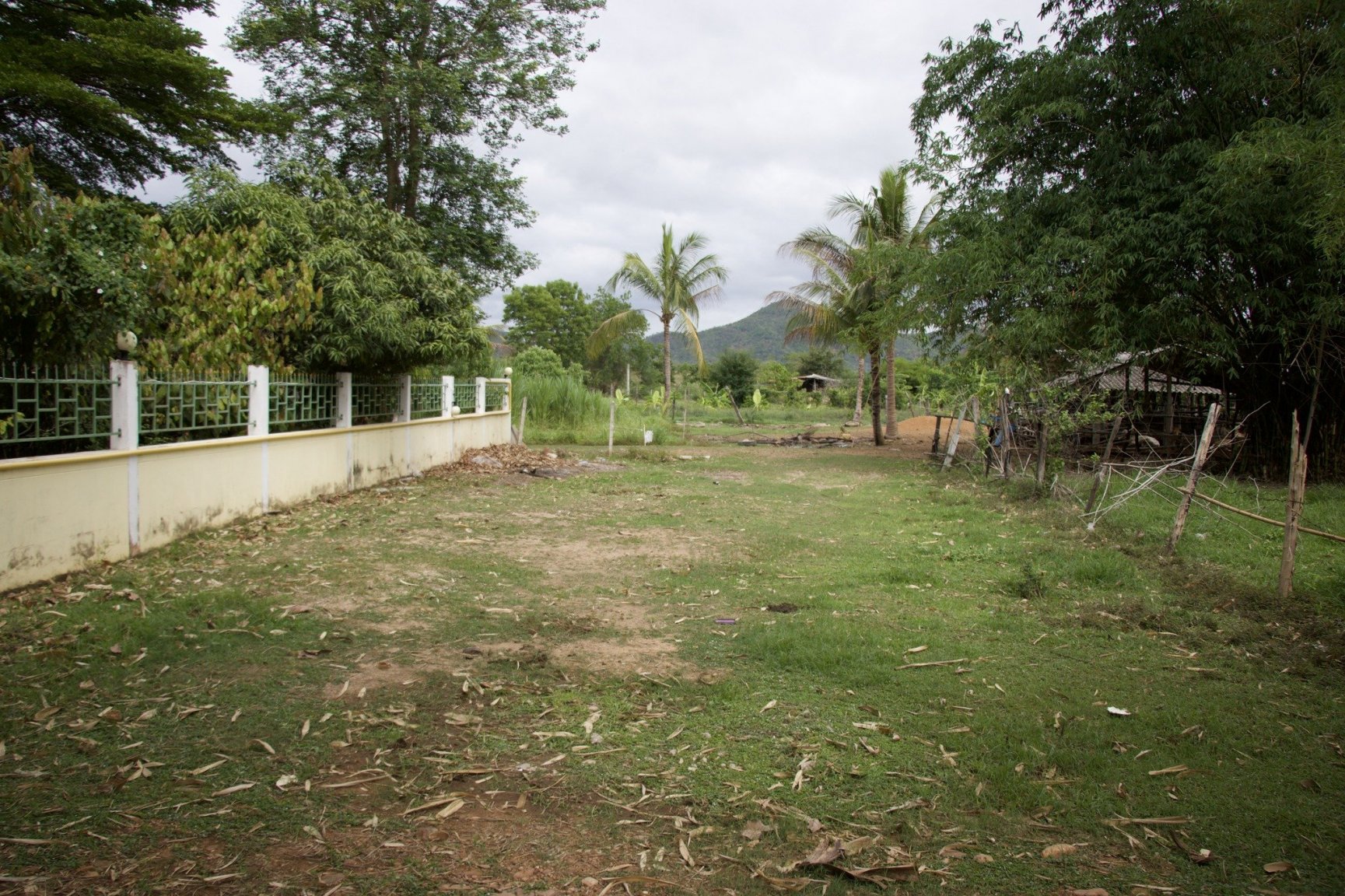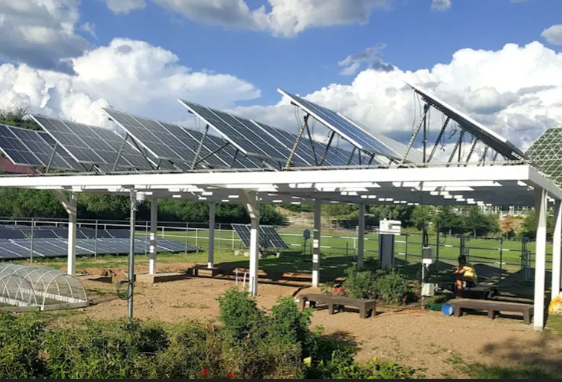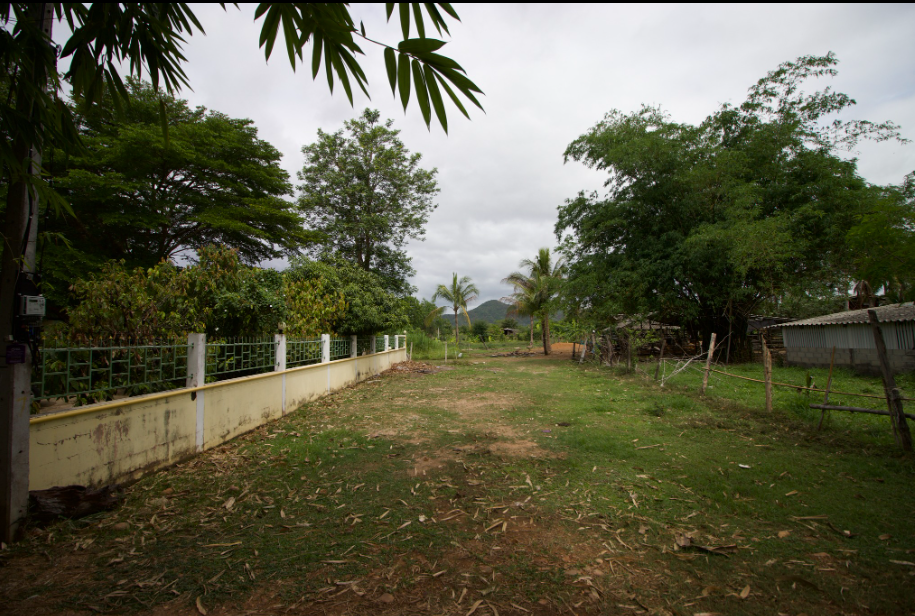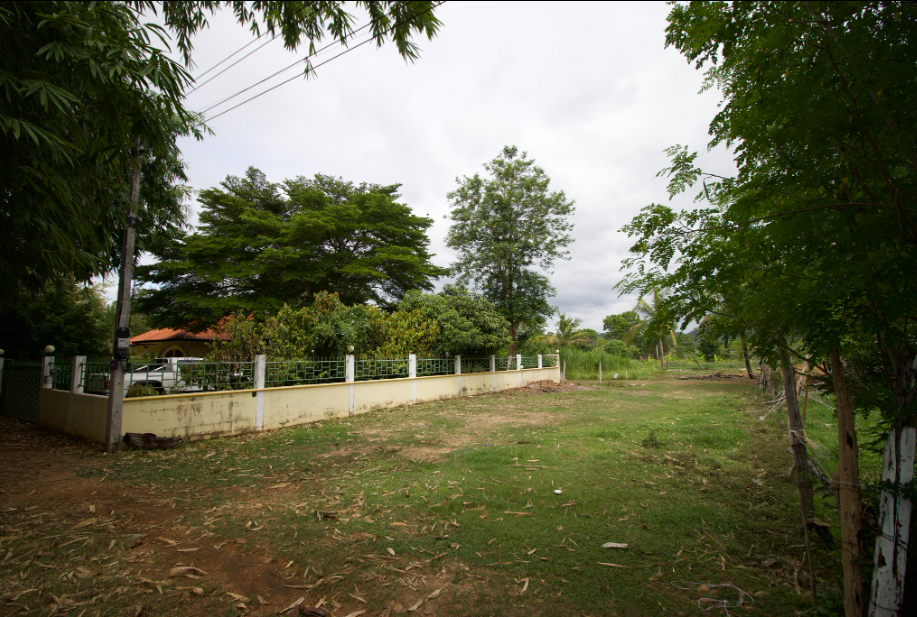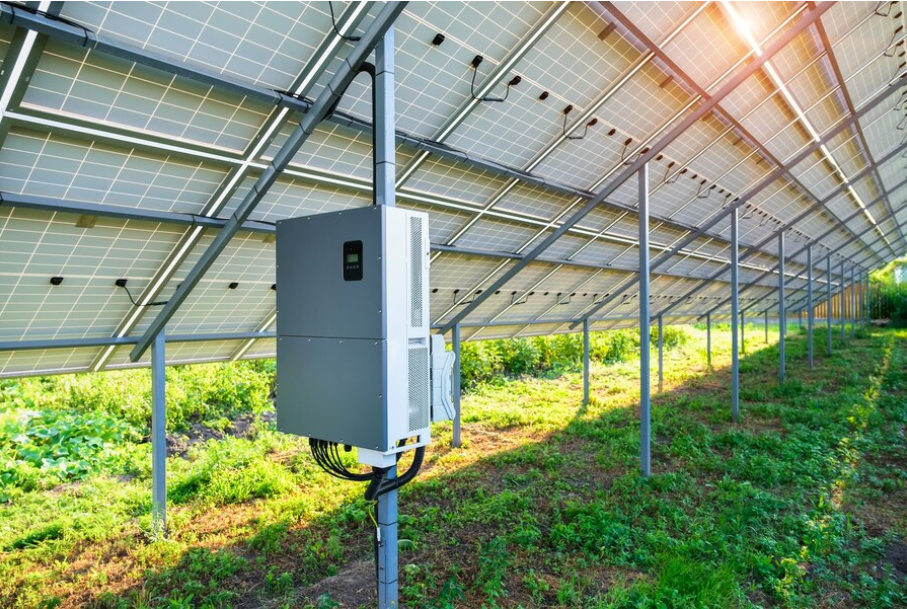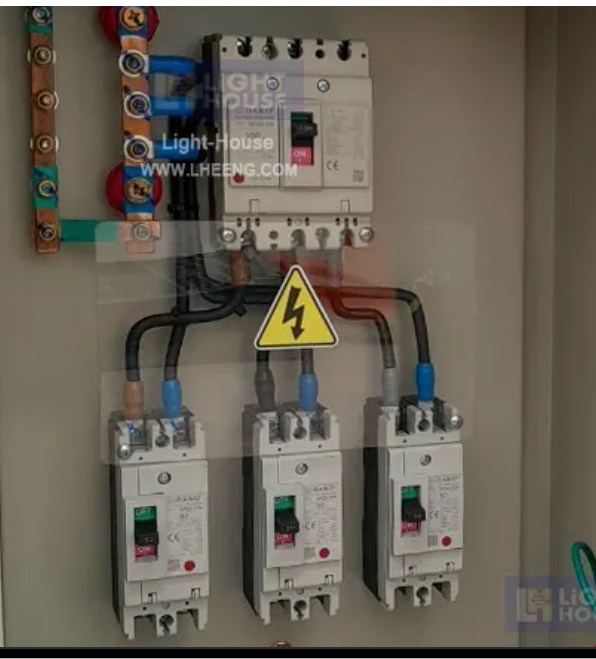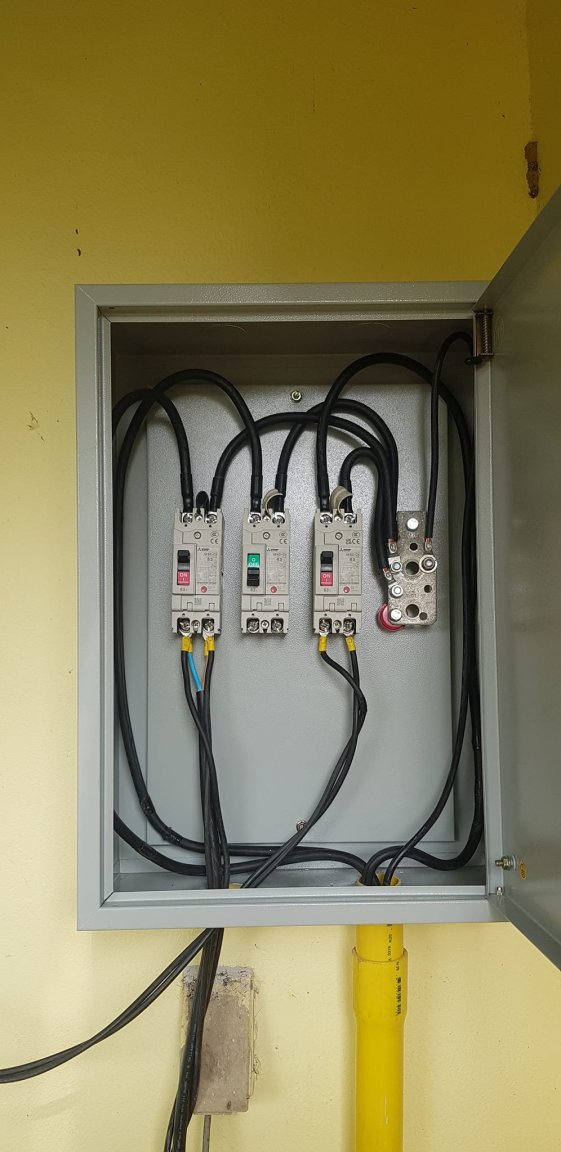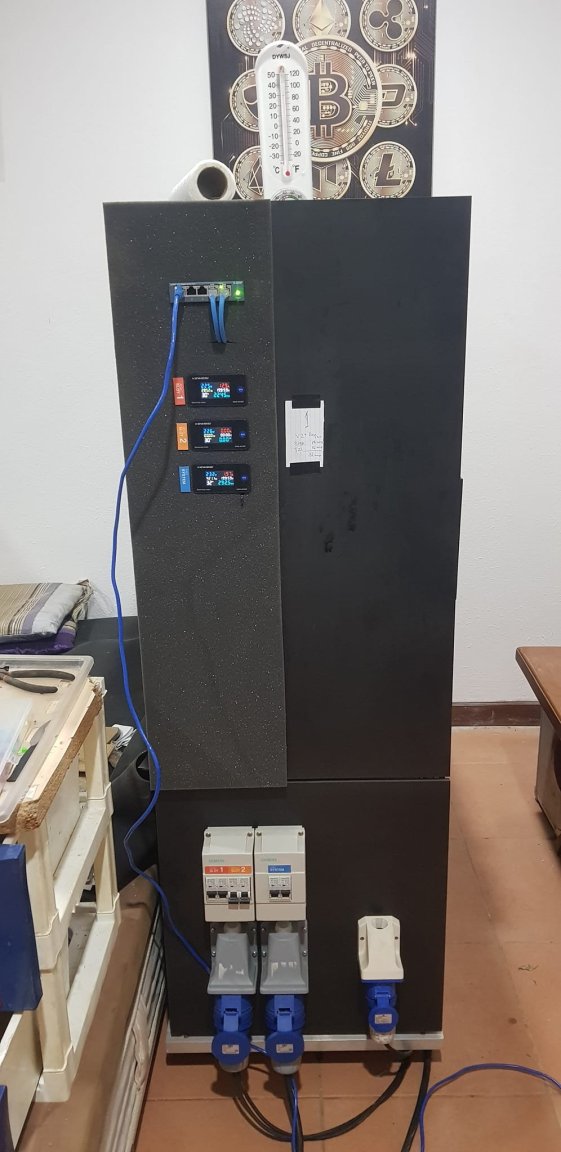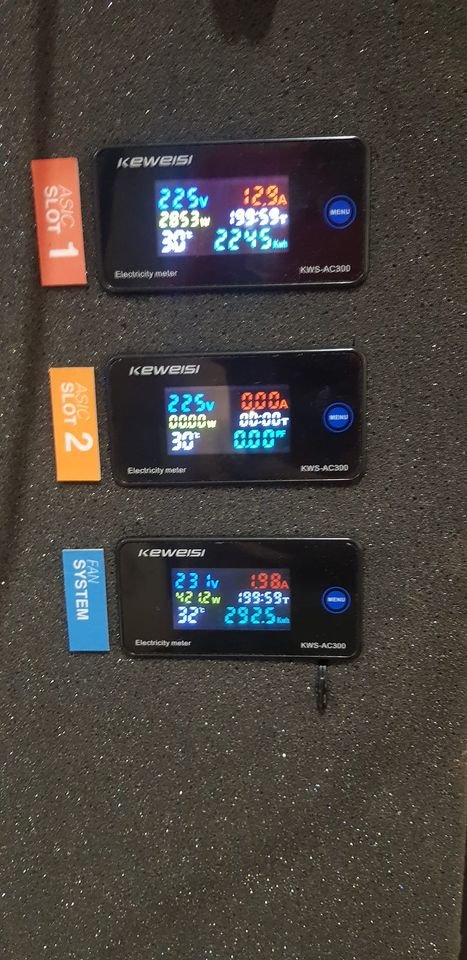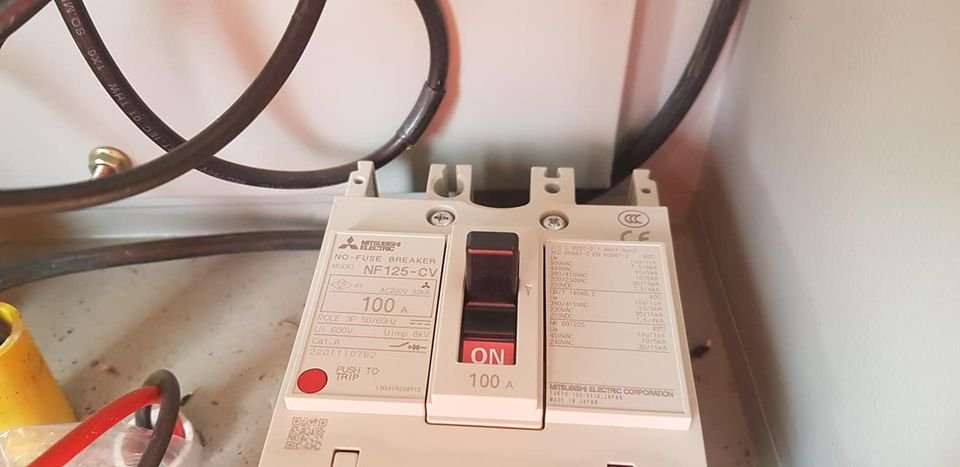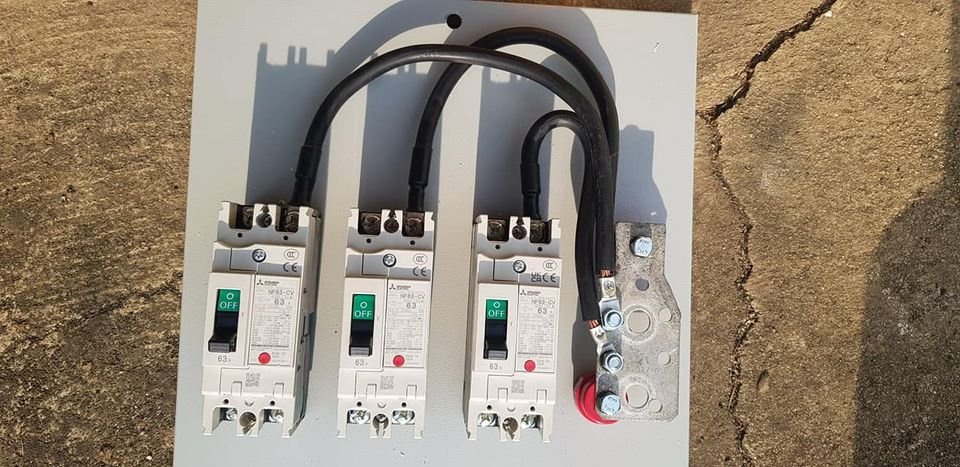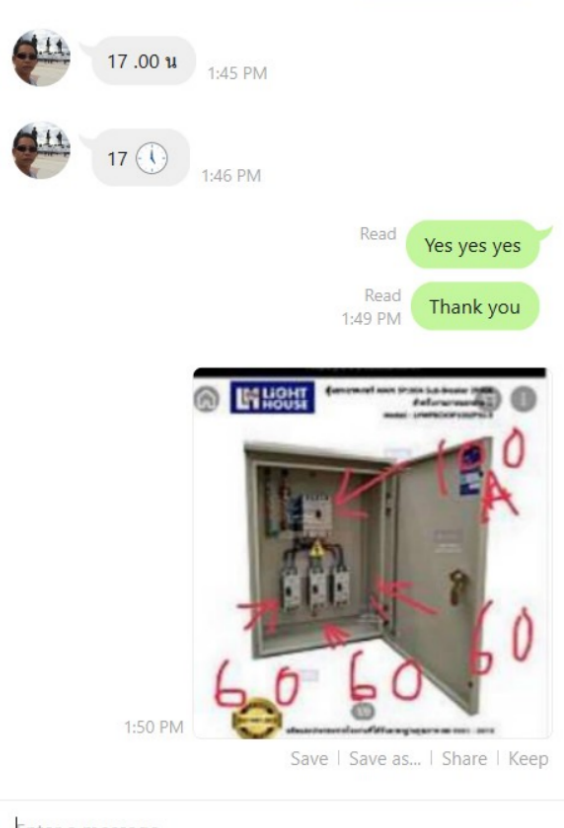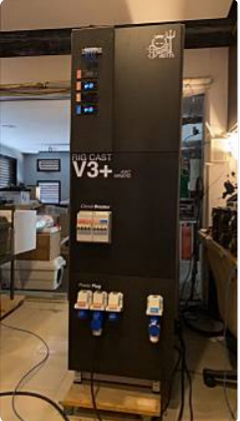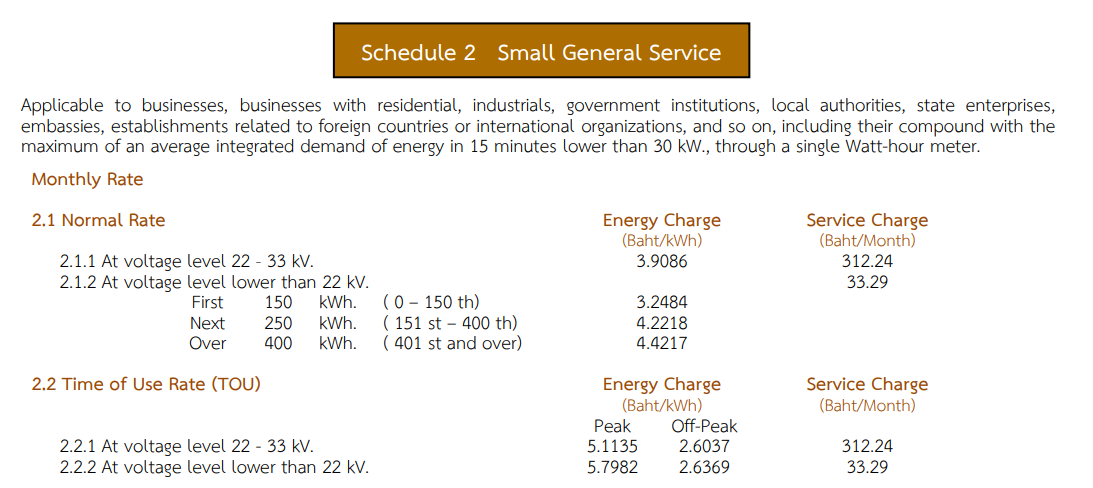-
Posts
510 -
Joined
-
Last visited
Content Type
Events
Forums
Downloads
Quizzes
Gallery
Blogs
Everything posted by scott1999
-
I thought that too when I did the calculations before but I can use other land but I'd prefer if I can just use that nice oblong 250 square meter patch of land I do have the rear of the villa but it is west facing so would have to see how much power I would lose. I'll just keep going like I did with the three-phase electricity. if I can't have 150 KILOWATT system a nice 120 will do. I've been looking on Lazada panels from China 550 watts for under 3000 baht
-
Courtesy of Chat GPT ChatGPT The price of an inverter for a 150-kilowatt hour (kWh) solar system can vary depending on several factors, including the brand, model, features, installation requirements, and the region where you are purchasing it. Inverter prices are typically quoted in terms of their capacity, which is measured in kilowatts (kW) or megawatts (MW), rather than in terms of the energy output of the entire system (kWh). To estimate the cost of an inverter for a 150-kWh system, you would typically consider the size of the system in terms of its peak power output (in kW). This is usually expressed as DC (direct current) capacity, as solar panels generate DC electricity which the inverter then converts into AC (alternating current) electricity for use in your home or for export to the grid. For example, if your 150-kWh system has a peak power output of, say, 175 kW (just for illustrative purposes), you would need to select an inverter or combination of inverters that can handle this capacity. Inverter prices can range from a few thousand dollars for smaller residential systems to tens of thousands of dollars for larger commercial or utility-scale systems. For a precise estimate of the cost of an inverter for your specific system, it's best to consult with a solar installer or supplier who can provide you with quotes based on your particular requirements and circumstances. Average price of inverters ChatGPT The average price of inverters can vary widely depending on factors such as capacity, brand, model, features, and installation requirements. However, to provide a rough estimate: Residential Inverters: For smaller residential solar systems (e.g., 5 kW to 10 kW), the average price range for inverters might be between $1,000 to $2,000 USD. Commercial Inverters: For larger commercial solar systems (e.g., 50 kW to 500 kW), the average price range for inverters might be between $0.10 to $0.20 USD per watt of capacity. So, for example, a 100 kW commercial inverter could cost between $10,000 to $20,000 USD. Utility-Scale Inverters: For utility-scale solar projects (e.g., over 1 MW), the average price range for inverters might be lower, around $0.05 to $0.10 USD per watt of capacity, due to economies of scale. These are just rough estimates, and actual prices may vary significantly depending on market conditions, geographic location, supplier discounts, and other factors. It's essential to obtain quotes from reputable solar installers or suppliers to get accurate pricing for your specific project.
-
Freeze-drying machines will make any food the consistency of dried noodles that you buy in 7 eleven they will snap and don't need a refrigerator you can do that with any food if put it through a freeze-dry machine then it will last for up to 25 years in that state To reconstitute it you, just add water just like you do with noodles
-
Hi everyone, I own the piece of land next to my villa which is oblong shaped 36 feet wide 85 feet 250 SQM. I would like a 60-kilowatt-hour tied solar system on a canopy above the land so that the rain can still get through to the plants under the canopy I.E. The photos added. I have spoken to many firms that want to sell me a solar system but they want me to do the canopy first. so, I was thinking I could save myself a lot of money if I bought the solar panels and inverters myself and got PEA workers to wire it up as they did with my three-phase electricity. I am a novice at this kind of thing. Questions 1: Would it be possible, what I'm suggesting? 2: What would the savings be? 3: Can someone recommend, point me in the right direction of good solar panels and inverters to use?
-
The electrician came today who works for PEA. He can't speak very good English and I can't speak very good Thai so we were using translation and pictures but we did understand each other I showed him this picture and he said he could do it. But he'll make the three Breakers 100 not 60 amp. Well, he is the man that fitted it from the transformer (30/100) 3 phase, so he must know it can handle it. He said he will use copper wire as well. It's all looking good, I told him there will be three of these boxes one box for each 100 amp breaker each box will generate 45 amps which equals three machines so that's nine machines in total plus one on the old wiring system if I want to go that far. But I doubt it, nine machines will be sufficient and that is one hell of a lot of electricity to pay for every month. He didn't ask, but if he had I would've said they are fridges LOL
-
After talking to Crossy I have made contact with the Electrician that works for PEA. I Sent him a photo of the three phase breaker box he said that's a good one he's coming this weekend to evaluate the job. I'm sure they all do moonlighting on the side. But it really helped me starting this thread so that I had a good idea what I wanted. I.E keep the old fuse box, and a new three phase fuse box. Question should the fuse box be in the room (the machine room) or should I have it mounted outside for safety reasons? I will ask the electrician the same question but I would like to know what you think crossy? Thanks in advance
-
Thank you so much for your precise and clear information I do appreciate you taking the time to do this if I could return the favour a little bit with some information I got from the PEA They said Don't go onto the TOU Without solar as it will cost more than the 2.1.2 tariff. She said many people went on to TOU And asked to come back to the flat rate because it was working out to be more expensive if you don't have the solar. Thanks again for all your help I appreciate it.
-
That's what I was quoted by PEA I could have gone TOU (Time of use) But you pay 5 to 6 baht in the day and 2.5 Baht at night. Now this tariff would work well if you had solar but I don't have solar so I went with the flat 4 baht Crossy please may I ask one more question: How much should I pay for the three phase circuit breaker board?
-
Solar is the way for sure but I have come to this conclusion it's just the accumulation of the coin whatever it costs because eventually the value of the coin is a lot higher than what you paid in electricity as long as I can keep paying for the electricity I can keep going when I can't I can't it's as simple as that thanks again for all your help
-
Hi Crossy, thanks for all your help on this subject I really appreciate it. As for the bill 3.1 times by 24 = 74 times by 30 days = 2232 times by 4 baht a unit = 8928 baht a month this is more like what my bill looks like. 7000 was under the true cost but someone just asked a question unrelated to the topic so I just gave him some numbers off the top of my head next time I'll be more careful. As for the solar panels that is the plan after this bull run I will need 2 60 KWH systems LOL EXPENSIVE!!!
-
I understand your opinion completely but I was getting some mixed messages and so I thought I would ask this community of course I'm not going to try and do anything myself nor have I done, everything's been done by the PEA and Experienced electricians so far and Crossy Has confirmed The breaking box to use and that's the end of the story really thanks for your concern and opinion.



